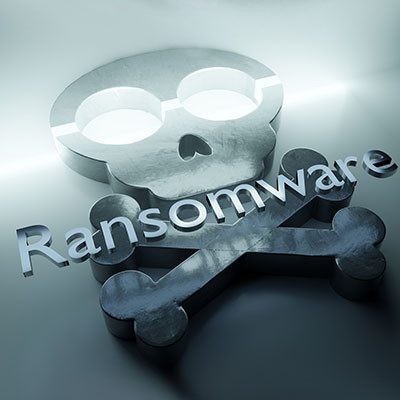Washington Works Blog
The holidays are fast approaching and that means people are going to miss work for one reason or another. If you can get away from the office for a little bit, you’ll want to set up an out-of-office message to ensure that others know you will get back to them when you get back to the office. Here’s how you can set up an autoresponder for an out-of-office message in Microsoft Outlook.
Do you ever think about how incredible technology is? In a world where it’s easy to take advantage of technology and devices that were practically inconceivable just a few short decades ago, it’s really amazing to just look at how far we’ve come, and how something so small can fit so much information.
WhatsApp is one of the world’s most popular messaging applications. With over 2 billion users, WhatsApp is known for its relative security, as it is one of the few messaging applications that offers end-to-end encryption. A modified version of WhatsApp, called YoWhatsApp, has been reportedly deploying malware.
How often does this scenario happen to you? You’re going about your workday and are being quite productive, when all of a sudden you close the wrong tab in your web browser, putting an end to your productivity. This isn’t crippling downtime or anything, but it’s an inconvenience that we know you can do without. Thankfully, modern web browsers let you reopen closed tabs or windows to get back to where you left off.
With so many different technologies being used in business, it can sometimes be too much for the people out there who aren’t as tech-savvy as others. In fact, some of the people you will work alongside will not be able to grasp some of the simplest technology concepts. Unfortunately, these people don’t know a fraction of what they need to know about the technology they use, and it could put your organization at a disadvantage. This month, we thought we’d give you a few pointers on how to talk to your coworkers who aren’t as knowledgeable as you are in technology or any other field.
We hate to be the bad guy, but we’re certain that you cannot multitask nearly as well as you think you can. Multitasking is just not how the human brain works, and whether or not you believe in the psychology of it, we think you stand to benefit by outsourcing some of the tasks on your plate to a managed service provider.
With the digitalization of the modern business happening rather rapidly, many organizations still don’t really understand the major benefits that come with it. These shifts give the average business nearly twice the amount of data to manage (and to use). If you have the feeling that your business is lagging behind in this area, we will describe what parts of business you can improve by utilizing your organization’s data.
Manufacturers have long been at the forefront of technology. Today, this trend continues, but with new, innovative tools that are designed to make business more efficient and workers more productive. This technology has helped much of the manufacturing sector despite costs continually rising, supply chain interruptions, and other variables. Let’s take a look at some of the major technology changes that have fueled manufacturers during the past few years.
Nowadays, the better your employees collaborate, the better your offering is going to be. This means getting the collaboration tools needed to make it simple for your staff to work together to create something great is critical. This month, we take a minute to discuss some of the problems businesses have with collaboration and how you can circumvent these challenges.
For small businesses, having a fast, reliable Internet connection is needed to run all the digital tools that your staff has come to depend on. If you don’t have the bandwidth in place, you can deal with bottlenecks that can ruin communications, stall productivity, and cause operational issues of all types. Today, we’ll take a look at how to determine the amount of bandwidth you need to support your business’ computing infrastructure.
Businesses often need to add and remove technology to fit their needs, and most of the time these actions make a marked difference in the way that their organizations are able to do things. One problem you may have is with the identification of the business processes that would be aided by technology investment. Today, we’ll briefly discuss how to best identify your business’ IT goals.
Ransomware is one of the more dangerous threats out there today, and since it is so prominent and dangerous, it is a popular choice amongst hackers. To combat this threat, a community has formed around the cause, encouraging users to not pay the ransom by providing free malware removal tools for the most popular ransomware threats.
In today’s business, the demand for software often outpaces the supply of available coders. For businesses that find the need for new applications to drive their business initiatives, there are now “no code” tools available that can help them create the software they need without having to lean on software developers. This week, we take a look at no code tools and how they can work for your business.
If you watch technology news, you might notice that there is one day out of every month that gets a lot of attention from the technology sector, and that day is what is called Patch Tuesday. This is the day each month when Microsoft issues all of their patches and security updates, and it’s important to know when this day falls each month—at least, for your IT team it is.
It is a legitimate question whether something is actually art if it isn’t created by a human being. That’s before you are exposed to it, however. In fact, an AI created a piece of art that was crowned the winner at the Colorado State Fair. Let’s take a look at AI art in the context of this competition.




















